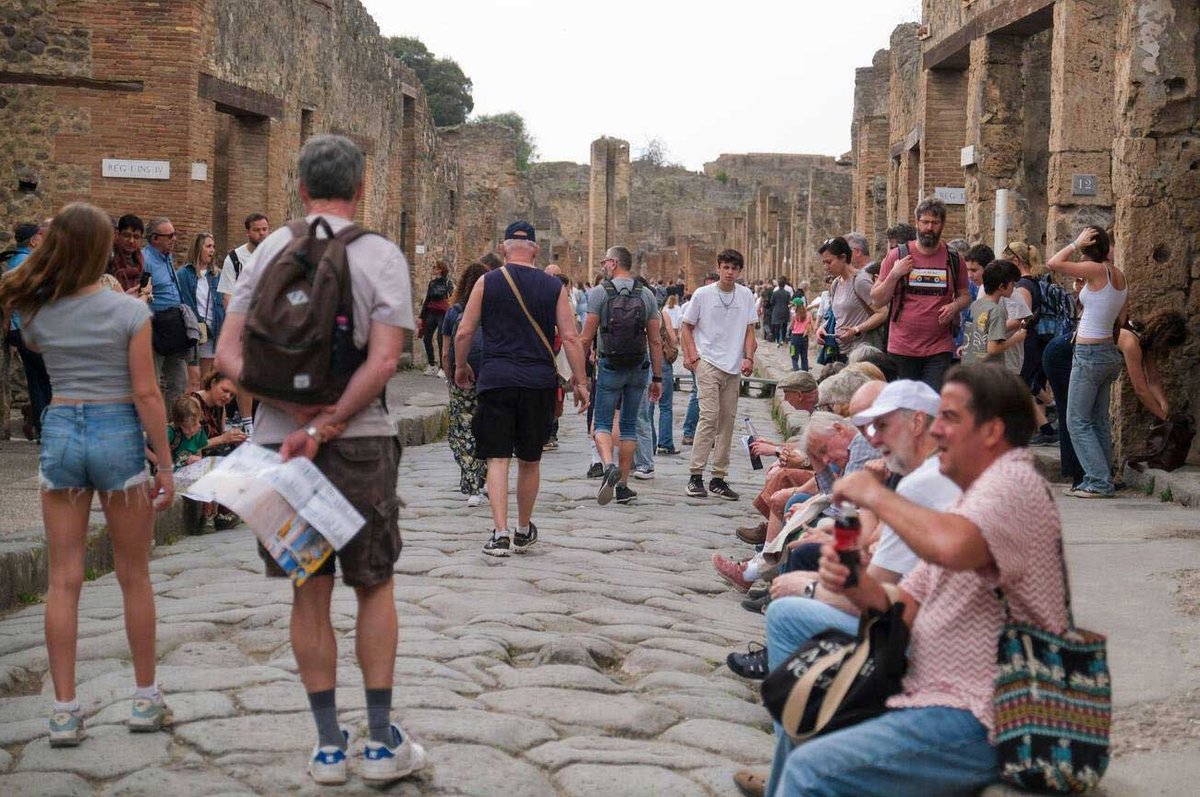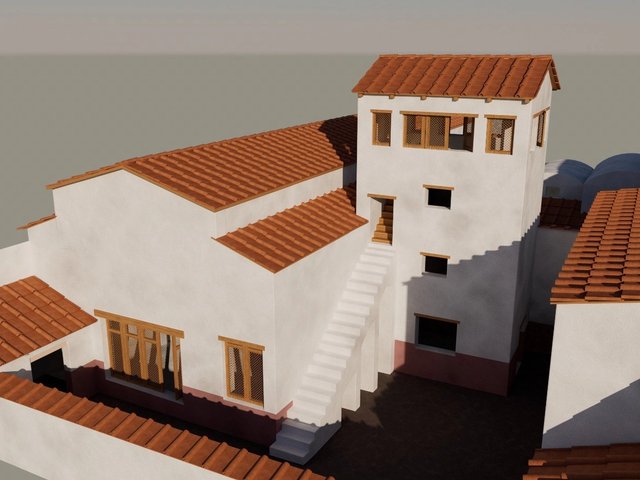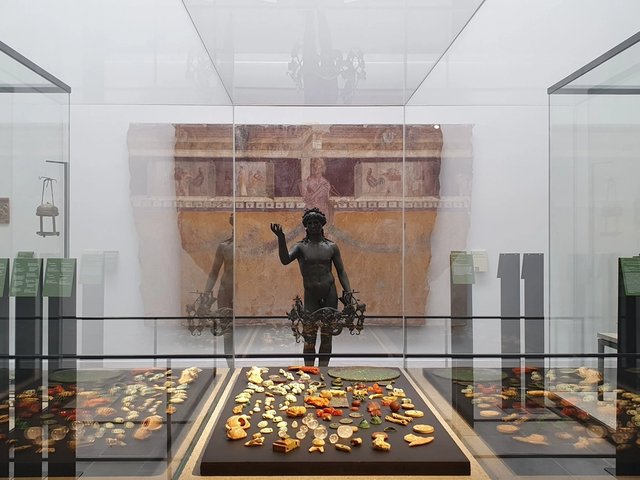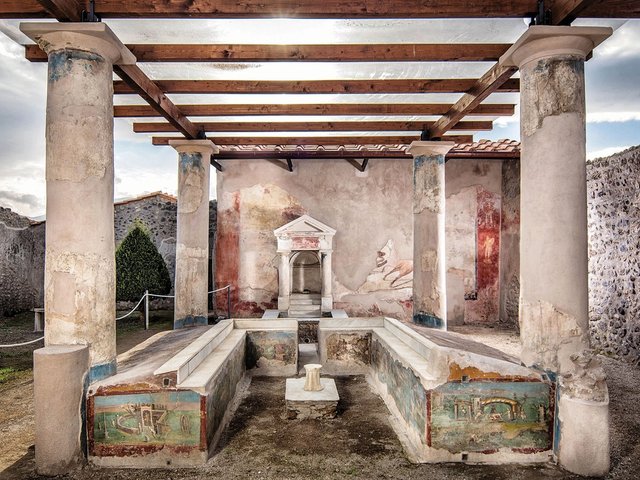Tour guides in Pompeii say inadequate entry systems at the world’s most famous archaeological site are causing long queues, cutting their earnings and spoiling visitors’ experiences.
Rising visitor numbers to the Unesco site, the ancient city buried under ash and pumice when Mount Vesuvius erupted in AD79, have placed the archaeological park’s three entrances under growing strain. Now guides who make a living leading tours of Pompeii’s ancient homes, eateries and brothels say the introduction of named tickets and visitor caps is aggravating bottlenecks.
Pompeii is becoming a place where there are only tourists standing under the sun on roads
In November, the park’s management introduced named tickets to curb illegal touts and imposed a cap of 20,000 daily visitors. Gabriel Zuchtriegel, the park director, said at the time that the aim was to “reduce human pressure on the site”.
Tensions peaked on 4 May, when thousands flocked to Pompeii on a free-entry Sunday, forcing Zuchtriegel to suspend entries. “Today there was a huge turnout,” he said. “We quickly reached the maximum number of visitors, introduced for safety reasons, and had to suspend admissions for a few hours before resuming in the afternoon.”
Guides complained as social media videos showed tourists waiting for up to 45 minutes in the sun to get in, with queues reportedly stretching several kilometres. “Pompeii is becoming a place where nothing beautiful is discovered—only tourists standing under the sun on roads, risking being run over,” the Association of Certified Tour Guides says.
Paolo Mazzarella, the president of the ConfGuide Campania association, says that while individuals can buy up to ten named tickets online, larger groups are issued with vouchers to exchange at the ticket booths. Booth staff were asking for ID and manually writing names on tickets—a process that took four to five minutes per visitor.
The visitor cap, Mazzarella says, made matters worse on 4 May by encouraging people to arrive early to beat suspensions. Slow turnstiles, poorly placed entry and exit points, and a lack of metal detectors—which forced some visitors to be redirected for bag checks—further lengthened queues.
In a statement, the CUB trade union, one of a dozen unions that have criticised the situation, called for the abolition of named tickets, the visitor cap and free Sundays during peak season.
Anti-touting measures
Zuchtriegel defended the current measures in a statement issued after the free-entry Sunday. “The days when people resold tickets outside and scalped tourists are over. There is zero tolerance on this. We stand by the named ticket and the visitor cap.” Pompeii did not respond to a comment request.
Mazzarella says he supports named tickets and the visitor cap in principle but that reforms must be accompanied by modernisation. “We’re not against named tickets, but they need more advanced software,” he says. He adds that guide representatives had met park management at least three times, and although Zuchtriegel acknowledged some issues, he declined to reorganise entry and exit points, citing staff shortages.
Because long waits mean fewer tours per day, queues cut guides’ work, Mazzarella points out. “We’re working together to find a solution. Unity is strength.”






